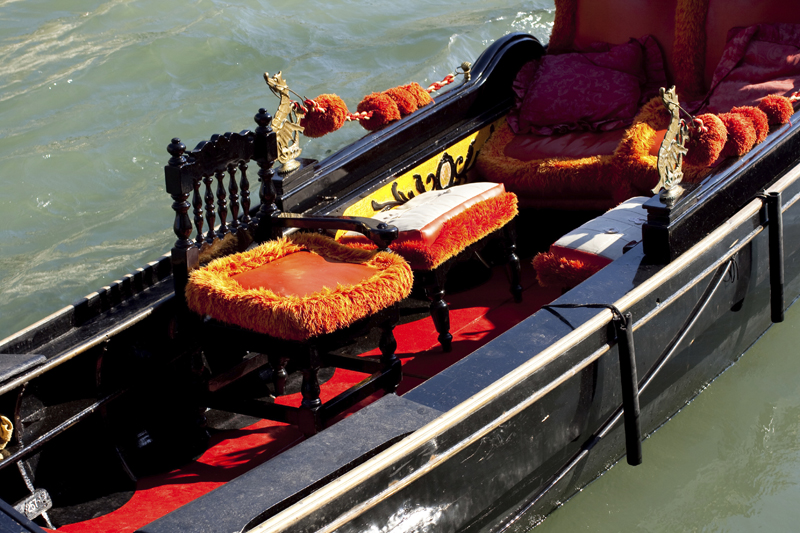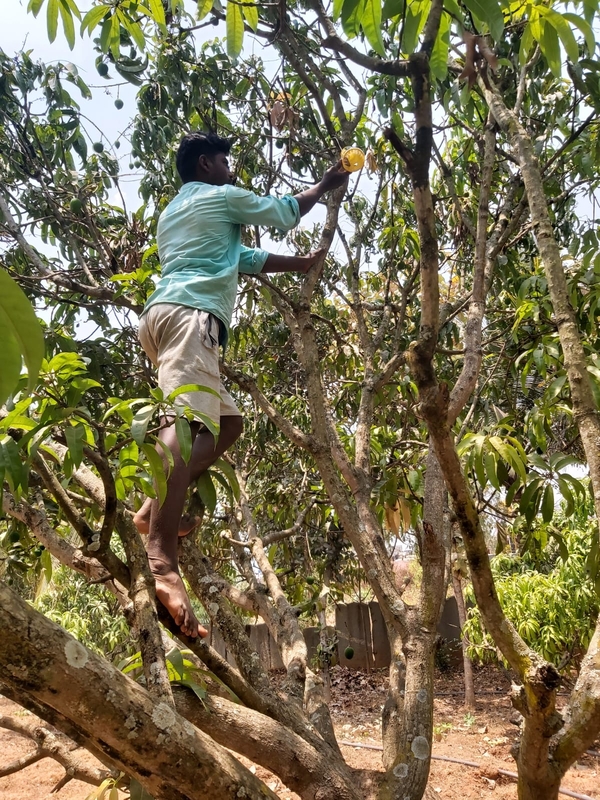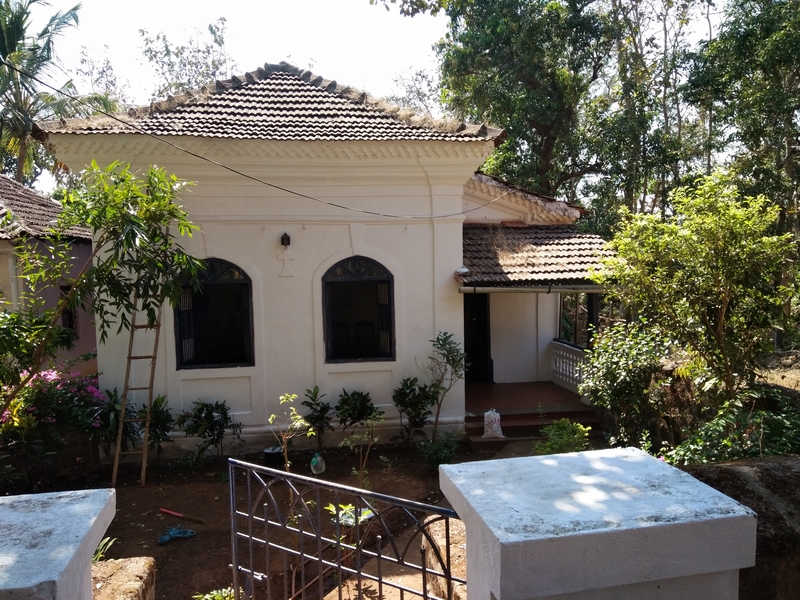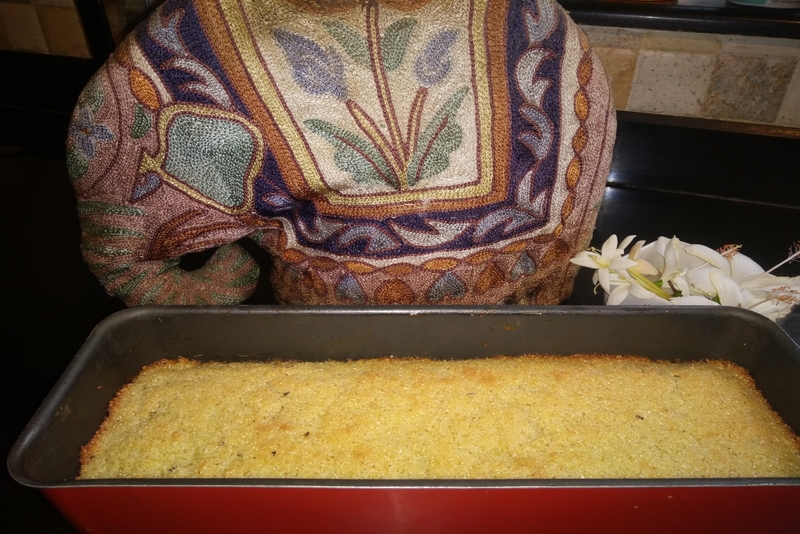The Carnival in Goa

Going for the Canivale in Goa has become a huge hit today in India. So packing a few tee shirts, shorts and sandals, since Goa is hot and humid we took the first bus to Panjim the capital.
According to the history of Goa a state in the South of India, the Carnival first started in the 18th century when the Portuguese who had colonised Goa replicated the festival from the home country. Apparently the central idea of the festival then was to get rid of the old and the dirty prior to the Lenten fast which precedes Easter. It was an unruly celebration where people were seen throwing flour, eggs, mud and dirty water on the people walking by. Even today, the fun and frolic is uncontained and joyful during the 3 days of the festival, but unlike the unruly style of celebration of the past, the contemporary Goa Carnival is a friendlier more elegant version.
The word Carnival (Carnival in Portuguese) is derived from a Latin word meaning ‘to take away meat’ and is an expression of the 40-day period of fasting of Lent, during which abstinence from meat is expected. So we were keen on going not just to enjoy the three days of festivities but also the run up to the Carnival!
As we landed at the Panjim bus stop, we could literally feel the excitement building up in the town. Chatting with friends who live in the city later they were excited with plans afoot for costumes and floats as the carnival is taken very seriously by the locals. You wont find this festival anywhere else in India and the Carnival is exclusive and unique to Goa, and was introduced by the Portuguese who ruled over Goa for over five hundred years.
“Although, Christians primarily celebrate the three-day festival, it has also absorbed Hindu tradition revelry, western dance forms, and turned into a pageantry of sorts,” said Emelda D’mello a friend who lives in Goa. “ Get ready for the time of your lives, just let your hair down and enjoy the fun of the whole experience,” she advised.
On the first day with the start of the carnival, the legendary king Momo took over the state and the streets came alive with music and colour.
“The carnival is meant to be a feasting-drinking-merrymaking orgy just before the austere 40 days of Lent,” said Augusto Mendhana, the steward who served us breakfast in the hotel.
There was a huge parade organized with bands, dances and floats out all night on the streets, and grand balls held in the evenings. Covering ourselves with hats and umbrellas to shelter from the hot sun, we stood on the side of the road clicking snaps and enjoying the festivities. Goan cuisine is out in force and you can stuff yourself with all the delicacies the state boasts of and they are delicious I promise.
On the last day we were told that the carnival concludes with the famous Red and Black dance held by the Clube de National in Panajim. So off we went to the local bazaar to buy ourselves red blouses and shirts to wear with black trousers. Amazingly, the festive mood just pulled us in and made us part of this fun bonanza, though I was sorry I should have bought a skimpier red and black gown like the fashionable locals did!
Certainly the Carnival is the biggest party in Goa, with its cultural functions, street plays, and shows that keep the momentum going. And over the four days we spent there we discovered that the Carnival is a great showcase of what makes Goa the happy state it is. Viva Goa!
According to the history of Goa a state in the South of India, the Carnival first started in the 18th century when the Portuguese who had colonised Goa replicated the festival from the home country. Apparently the central idea of the festival then was to get rid of the old and the dirty prior to the Lenten fast which precedes Easter. It was an unruly celebration where people were seen throwing flour, eggs, mud and dirty water on the people walking by. Even today, the fun and frolic is uncontained and joyful during the 3 days of the festival, but unlike the unruly style of celebration of the past, the contemporary Goa Carnival is a friendlier more elegant version.
The word Carnival (Carnival in Portuguese) is derived from a Latin word meaning ‘to take away meat’ and is an expression of the 40-day period of fasting of Lent, during which abstinence from meat is expected. So we were keen on going not just to enjoy the three days of festivities but also the run up to the Carnival!
As we landed at the Panjim bus stop, we could literally feel the excitement building up in the town. Chatting with friends who live in the city later they were excited with plans afoot for costumes and floats as the carnival is taken very seriously by the locals. You wont find this festival anywhere else in India and the Carnival is exclusive and unique to Goa, and was introduced by the Portuguese who ruled over Goa for over five hundred years.
“Although, Christians primarily celebrate the three-day festival, it has also absorbed Hindu tradition revelry, western dance forms, and turned into a pageantry of sorts,” said Emelda D’mello a friend who lives in Goa. “ Get ready for the time of your lives, just let your hair down and enjoy the fun of the whole experience,” she advised.
On the first day with the start of the carnival, the legendary king Momo took over the state and the streets came alive with music and colour.
“The carnival is meant to be a feasting-drinking-merrymaking orgy just before the austere 40 days of Lent,” said Augusto Mendhana, the steward who served us breakfast in the hotel.
There was a huge parade organized with bands, dances and floats out all night on the streets, and grand balls held in the evenings. Covering ourselves with hats and umbrellas to shelter from the hot sun, we stood on the side of the road clicking snaps and enjoying the festivities. Goan cuisine is out in force and you can stuff yourself with all the delicacies the state boasts of and they are delicious I promise.
On the last day we were told that the carnival concludes with the famous Red and Black dance held by the Clube de National in Panajim. So off we went to the local bazaar to buy ourselves red blouses and shirts to wear with black trousers. Amazingly, the festive mood just pulled us in and made us part of this fun bonanza, though I was sorry I should have bought a skimpier red and black gown like the fashionable locals did!
Certainly the Carnival is the biggest party in Goa, with its cultural functions, street plays, and shows that keep the momentum going. And over the four days we spent there we discovered that the Carnival is a great showcase of what makes Goa the happy state it is. Viva Goa!

Related Articles
Editor's Picks Articles
Top Ten Articles
Previous Features
Site Map
Content copyright © 2023 by Marianne de Nazareth. All rights reserved.
This content was written by Marianne de Nazareth. If you wish to use this content in any manner, you need written permission. Contact Marianne de Nazareth for details.





 -resizeimage.jpg.jpg)

